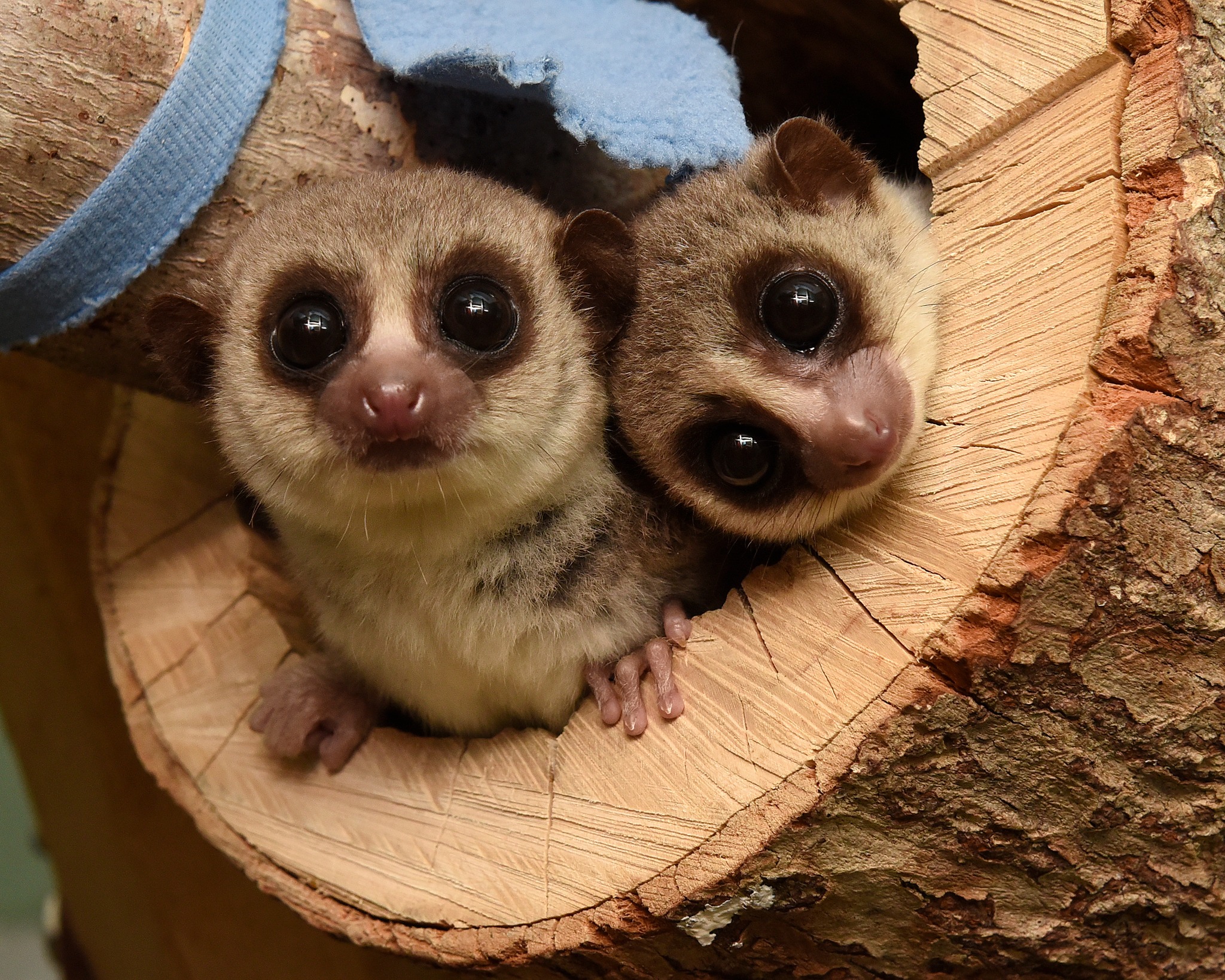- Impact of Snow on Wildlife and Zoo Operations in North Carolina
- Importance of Indoor Enclosures for Animals During Extreme Weather
- Day-to-Day Care of Lemurs During Adverse Weather Conditions
- Role of Wildlife Conservation Centers in Animal Safety
- Contributions of Photographers Like David Haring to Conservation Awareness
Snowstorms in North Carolina often bring an enchanting transformation to the landscape. However, they also pose significant challenges to both local wildlife and zoological institutions. In regions unaccustomed to heavy snowfall, the cold snaps can disrupt the ecological balance, making it crucial for wildlife centers and zoos to adapt rapidly. At the forefront of this effort are places like the DLC (Duke Lemur Center), which adopt stringent measures to prioritize the welfare of their animals under inclement weather conditions.
The presence of snow can have mixed effects on wildlife. While some native species are adapted to cold climates, others struggle to cope. For a zoo, this means implementing strategic measures to keep animals safe and comfortable. Creatures with higher thermal requirements, such as tropical species, face particular challenges during cold snaps. In the case of captive animals, their habitat is no longer just an enclosure; it is their entire world. Thus, facilities like DLC must shift their routines drastically to accommodate these changes, often resulting in closures to the public, as staff focuses their efforts on immediate animal care.
The construction of indoor enclosures becomes a lifesaver for animals during extreme weather conditions. Good enclosure design includes thermal insulation, humidity control, and species-specific accommodations. Such enclosures replicate the natural environment of various animals, providing them with a sanctuary during adverse weather. Given the snow in North Carolina, the DLC ensured all creatures enjoyed their snow day safely from within these facilities. When designed to simulate natural habitats closely, these enclosures help minimize stress and maintain health among the animals.
At the heart of dealing with harsh weather is the daily care that includes dietary adjustments and health monitoring. Lemurs, for example, typically thrive in the temperatures of Madagascar. When snow hits North Carolina, it becomes vital to adjust their environment. Keepers must remain vigilant, ensuring the lemurs have access to adequate nutrition and warmth. Maintaining a steady regime with these considerations helps prevent any ensuing health issues related to cold stress or diet changes. This procedure embodies the meticulous work of dedicated staff focused on providing day-to-day care, ensuring the welfare of these animals in all weather conditions.
Wildlife conservation centers play an integral role in the safety and preservation of animals, especially during sudden environmental changes. These institutions serve more than just educational purposes; they offer refuge and rehabilitation, implementing conservation strategies that rival in-field efforts. By maintaining controlled environments, institutions like the DLC can safeguard species that face extinction risks in the wild. This intersection of conservation and care highlights our responsibility to animal welfare, extending beyond simply providing a habitat.
Finally, contributions from photographers like David Haring amplify awareness of conservation efforts. Visual storytelling brings the challenges and triumphs of zoos and conservation centers to a broader audience. Haring’s photograph, for example, captures the essence of animal tranquility amidst seeming chaos. His work inspires public interest and support, which is vital for the continuation of conservation activities.
In conclusion, the coming of snow in North Carolina provides a valuable lens through which to understand the intricacies of zoo management and wildlife conservation. The efforts undertaken by institutions such as the DLC demonstrate a profound commitment to animal welfare, underscoring the significance of proper environmental management. Each snowfall serves as a reminder of the challenges faced and the advanced strategies required to provide care and safety to animals, promising continued exploration into the human-animal relationship.
*****
Source Description
We hope everyone is staying warm and safe with the snow coming through North Carolina! ❄️
The DLC will be CLOSED to the public today due to the weather. Don’t worry about the lemurs—they will all be enjoying the snow day from their cozy indoor enclosures 🥰
📸: David Haring


